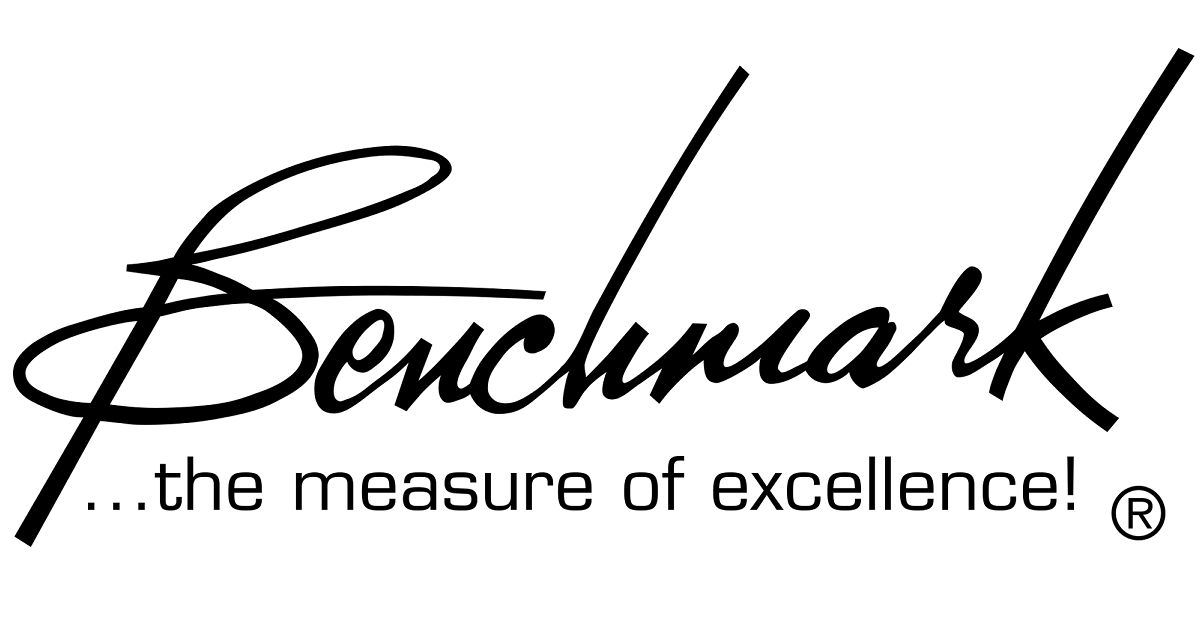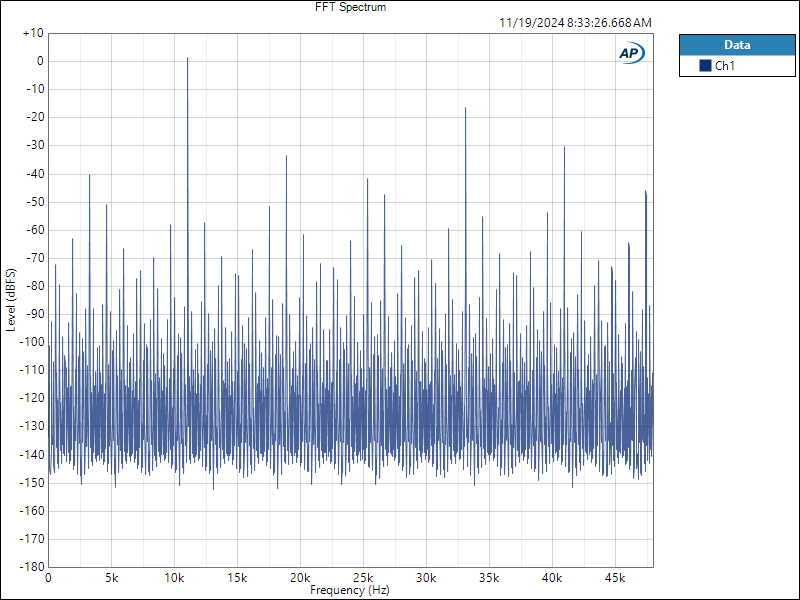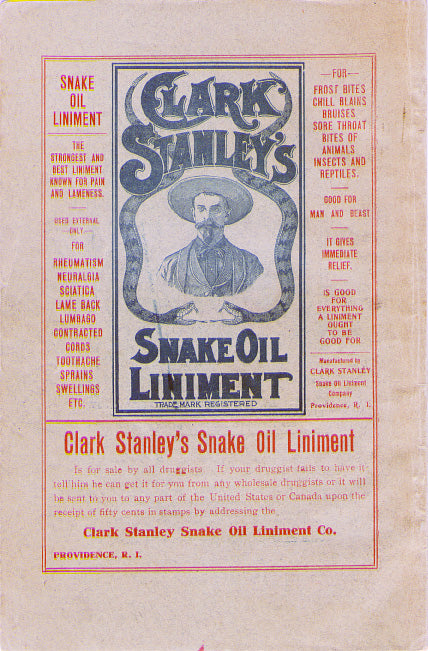Buy one component and save 10% on up to 2 cables. Buy 2 components and get 4 free cables. Free shipping on USA orders over $700.
Buy one component and save 10% on up to 2 cables. Buy 2 components and get 4 free cables. Free shipping on USA orders over $700.
Mix-Minus Applications
by Benchmark Media Systems January 01, 1997

The IFA-10 as a Mix Minus
By Allen H. Burdick
Introduction
Radio talk shows are currently enjoying unprecedented success. Witness the phenomenal success of hosts such as Dr. Dean Edell, Rush Limbaugh, Larry King, not to mention comedy car repair experts. Is it any wonder that local hosts are clamoring for the limelight as well? If your station has plans to add a talkshow, you will face the problem of creating a mix-minus, a signal that returns all of the program audio, except the caller's own voice, to the caller. Otherwise, echo, caused by Telco system signal delays, can confuse the caller.
If you have a production console with auxiliary buses that can be assigned to create a mix-minus, you are in luck. However, most simple on-air broadcast consoles do not have that luxury. And note that it takes one auxiliary mix-bus per phone line to create the mix-minus within the console. The IFA-10 is the answer for a simple two or three phone line talk show mix-minus. The IFA-10 is a 4 IN by 4 OUT assignable mixer, using removable internal jumpers to create the desired mixing array.
Figure 1.0 above shows a block diagram of a mix-minus system for use with a stereo console, with the IFA-10 downstream from the console. All of the audio for the host and local guests is mixed in the console. The output of the console is fed to the IFA-10 at the Program Left and Right input positions. By following the schematic diagram you will see that the program audio follows across to the respective Program outputs. Additionally, telco audio is mixed with program audio. At the Tel Line 1 and 2 outputs you will see that they receive the program audio and the audio from the other Tel lines, but not audio from their own line. Of course you will need a Telco "Hybrid" for each of the phone lines and appropriate controls for the phone lines. Gain control for the incoming telco levels is also important. Metering at the program outputs is a must. Figure 2.0 below shows the configuration for a mono mix-minus and Fig. 3.0 shows what can be done by interconnecting two IFA-10s.
Larger mix-minus systems are easily possible using System 1000™ technology. For example, we recently designed a 48 by 20 system for one customer and we can do the same for you!
Also in Audio Application Notes

How Loud is the Distortion from Your Power Amplifier?
by John Siau August 08, 2025
Would you put a Washing Machine in your Listening Room?
If the answer is no, you may be surprised to discover that the distortion produced by your power amplifier may be louder than the noise produced by a major appliance.
Don't believe me? Take a look at Stereophile's test reports:
We selected 7 power amplifiers from Stereophile's top list of recommended amplifiers.
We took Stereophile's "THD+N vs. Power" plots for each, and replotted the data in a format that shows the loudness of the THD+N at the listening position.
The results are shocking!
Amplifier THD+N is louder than expected!
The distortion from your amplifier may be louder than a washing machine on the spin cycle, or it may be totally silent. How does yours perform? The answer is hidden in Stereophile's THD+N plots.
This application note reveals the hidden truth:
"The Distortion from your Power Amplifier may be Louder than a Washing Machine!"
I know, it sounds crazy, but this is what the measurements show!

Interpolator Overload Distortion
by John Siau November 20, 2024
Most digital playback devices include digital interpolators. These interpolators increase the sample rate of the incoming audio to improve the performance of the playback system. Interpolators are essential in oversampled sigma-delta D/A converters, and in sample rate converters. In general, interpolators have vastly improved the performance of audio D/A converters by eliminating the need for analog brick wall filters. Nevertheless, digital interpolators have brick wall digital filters that can produce unique distortion signatures when they are overloaded.
10% Distortion
An interpolator that performs wonderfully when tested with standard test tones, may overload severely when playing the inter-sample musical peaks that are captured on a typical CD. In our tests, we observed THD+N levels exceeding 10% while interpolator overloads were occurring. The highest levels were produced by devices that included ASRC sample rate converters.

Audiophile Snake Oil
by John Siau April 05, 2024
The Audiophile Wild West
Audiophiles live in the wild west. $495 will buy an "audiophile fuse" to replace the $1 generic fuse that came in your audio amplifier. $10,000 will buy a set of "audiophile speaker cables" to replace the $20 wires you purchased at the local hardware store. We are told that these $10,000 cables can be improved if we add a set of $300 "cable elevators" to dampen vibrations. You didn't even know that you needed elevators! And let's not forget to budget at least $200 for each of the "isolation platforms" we will need under our electronic components. Furthermore, it seems that any so-called "audiophile power cord" that costs less than $100, does not belong in a high-end system. And, if cost is no object, there are premium versions of each that can be purchased by the most discerning customers. A top-of-the line power cord could run $5000. One magazine claims that "the majority of listeners were able to hear the difference between a $5 power cable and a $5,000 power cord". Can you hear the difference? If not, are you really an audiophile?

